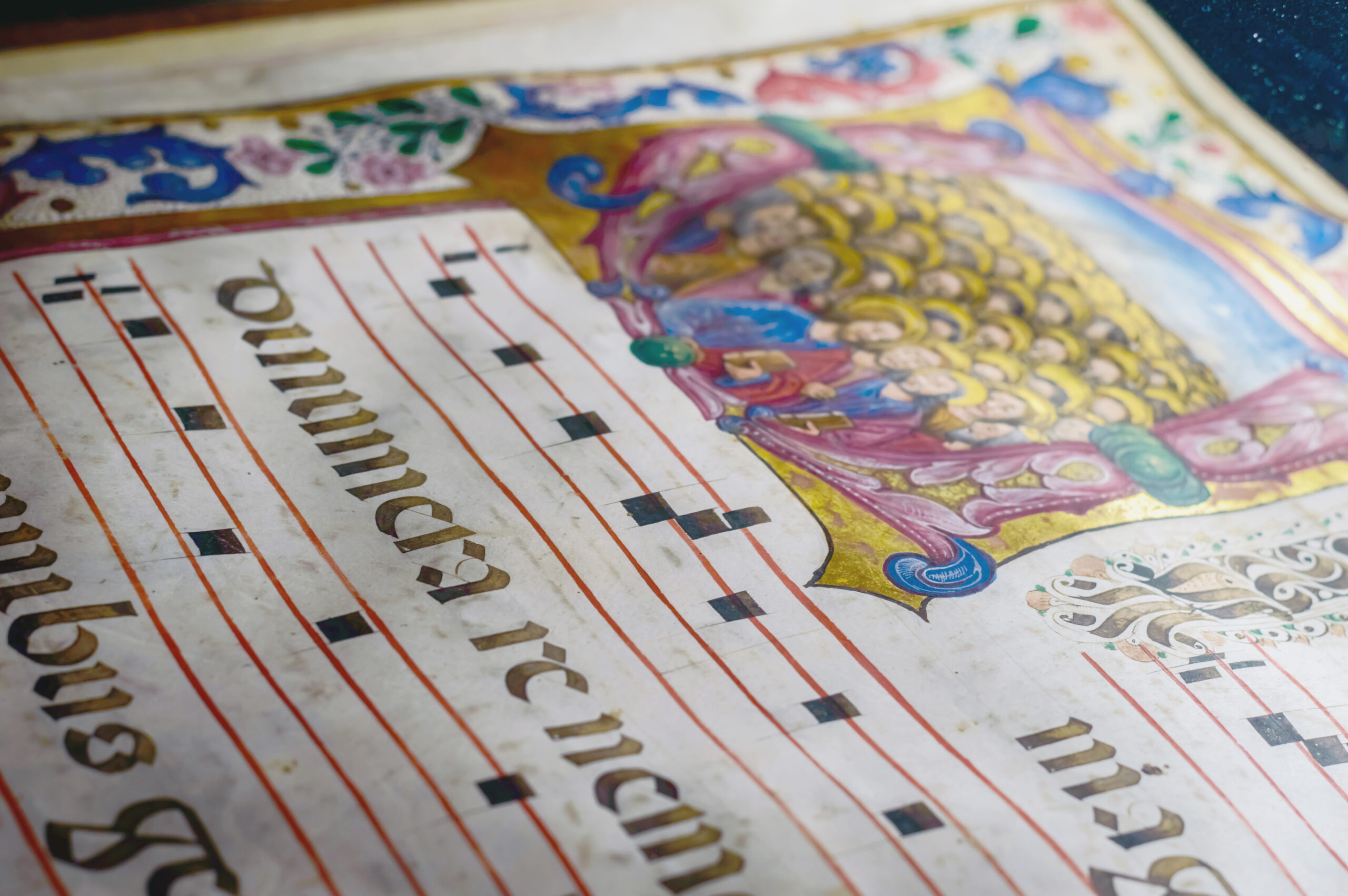“If boys won’t learn, men won’t know.”
-Msgr. R.J. Schuler, PhD
One of the most important resources for families that attend the Traditional Latin Mass is How to Serve (published by TAN Books), an excellent book by Dom Matthew Britt, O.S.B.
Dom Matthew was a Minnesota-born Benedictine priest ordained in 1901 for St. Martin’s Abbey in Lacey, Washington.
He was a brilliant author with a liturgical mind, understanding well how to explain the rites in practical language that could be understood by all. Over the years he authored and edited various works, books and pamphlets, all related to the theme of sacred liturgy.
This handbook was his most popular book, first published in the 1930’s. It went through various editions over the years and is today recognized as probably the most complete English-language manual for altar boys learning to serve the Traditional Latin Mass.
It is an excellent resource not only for altar servers, but also for priests and seminarians.
Further, any other lay folk can benefit by reading this gem, learning about the underlying philosophy of order and purpose that is at the foundation of the liturgical arts and rubrics at the altar.
In this way the book can be an excellent teaching aid not only for the Extraordinary Form of the Roman Rite, but it can also influence and help form how the Ordinary Form of the Roman Rite is celebrated.
How to Serve takes a practical, comprehensive, and easy to understand approach. It takes care to explain the full ceremonials not only for Low Mass, but also for High Mass, Solemn High Mass, Requiem Mass, and Pontifical Mass.
Also included is Vespers and Benediction of the Blessed Sacrament. Further, there is a bonus final chapter on Low Mass in the Dominican Rite that is rare, indeed.
The author writes in the Preface:
“It is not claimed that the method of serving as set forth in this manual is, in every case, the only correct one. Anyone who is familiar with more than one book on the subject need not be told this. The rubrics provide a fair outline of the servers’ duties; liturgical writers supply the details. The rubrics are often quite general, and at times none too clear. As a result they are not always interpreted the same way. Custom, too, plays its part, even where there is no ambiguity in the law. From these and from similar sources arise the differences that are found in approved authors. Any approved author may be safely followed” (cf. How to Serve, p. x).
The book includes various helpful illustrations, including visual diagram images of sanctuaries with symbols for the various roles in question.
Pastors who celebrate the Extraordinary Form of the Roman Rite know how rich the traditional rites are with their anagogical and didactic meanings as well as how important and helpful it is to have a cadre of well-trained servers who are reliable and on the same page. This reference book is the answer – it has been described by many as the singular best English-language resource on the subject.
Our good friend Fr. Scott Haynes, S.J.C. of the excellent Canons Regular of St. John Cantius of St. John Cantius parish in Chicago helped with the publication of the book and kindly facilitated the photos that are included along with the generous assistance of Milo Persic. Fr. Scott gave this kind endorsement that summarizes well the book’s importance:
“Anyone who instructs altar boys to serve the Traditional Latin Mass knows the importance of having a reliable reference book to explain the intricacies of these ancient ceremonies. TAN Books has newly typeset this classic text, replete with diagrams, drawings and images. As you read, you will hear the bells ring, see the boys lighting the altar candles, and smell the incense. There is no manual as clear as this one. I have directed several workshops for altar boys since Pope Benedict XVI issued Summorum Pontificum. I have tried many different manuals but How to Serve is simply the best.”
We encourage interested readers to purchase a copy of How to Serve here.








